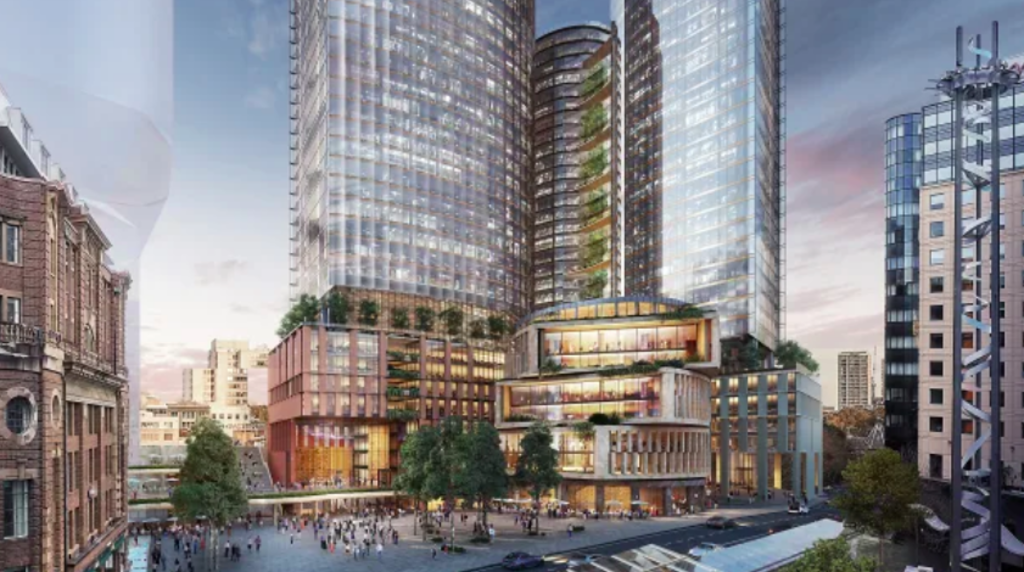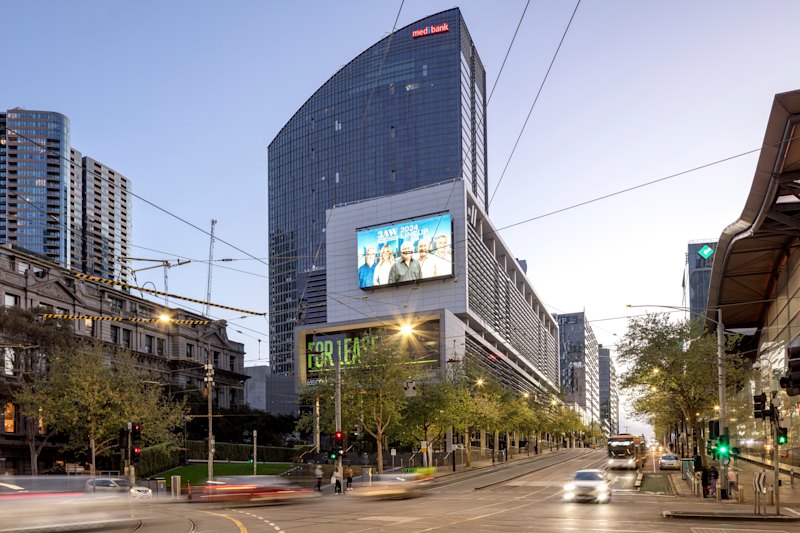
Rising inflation, interest rates no threat yet to global property
The global real estate industry is well positioned to weather rising inflation and interest rates despite increased volatility caused by Russia’s invasion of Ukraine and higher commodity prices, according to David Kruth, Dexus’ portfolio manager for real estate securities.
Mr Kruth, who is based in New York and also manages the APN Global REIT Income Fund, said real estate investment trusts would be insulated by indexed annual increases while looming rent rises in sectors such as industrial would cushion them further.
“We’re in this position where the central banks around the world are trying to deal with inflationary issues and also trying to control pricing,” Mr Kruth said.
The world was preparing for higher inflation than its recent “abnormally low” 2-3 per cent level, he said.
“The good news if you’re a real estate investor is that all leases are typically index-linked, so they capture somewhere between 50 per cent to 75 per cent of the increase in inflation,” Mr Kruth said.
“Over and above that you’re going to see that the sectors that have pricing power will have rental growth through the cycle.”
He forecast industrial sector rent rises of up to 50 per cent in key global markets for the same reasons as in Australia – aggressive tenant demand and supply shortages in densely populated areas.
“We like the metrics and the fundamentals of the industrial sector in the United States, particularly the coastal markets,” Mr Kruth said.
“On balance, they are under-rented, which means the lease revisions at lease end could be 25 per cent to 50 per cent more than they are now. That’s in addition to the indexation that goes on within the lease term.
“Many of the companies we invest in the US, Canada and Europe have land banks that they have bought over the past couple of years, or have options to purchase land, which allows them to build to suit when new tenants walk in the door and beg them for space, which is what’s happening now.
“This is all part and parcel of this new idea of the anti ‘just in time’, which is the ‘just in case’ scenario of inventory.”
Interest rates are widely expected to increase and Mr Kruth argued that current real estate income returns provide a sufficient buffer to ride out any immediate volatility.
“Historically, when you look at the returns of real estate stocks or real estate directly it’s not really correlated to interest rates in the long run,” he said.
“What we’re seeing is a little bit of a flattening of the yield curve. The short end of the bond yield curve is going up because of risk and the change of the federal funds rate in the US.
The 10-year bond rate was running at about 190 to 200 basis points, he said.
“If you get to 225 to 250, which we think is worst-case, you’re still at a negative real rate because of inflation,” Mr Kruth said.
“So the market is still in a pretty good place and cap rates in real estate are still 200 to 250 basis points spread above that.”
Values would also be sustained through the “wall of capital” chasing real estate investments, he said.
“There’s too much money sloshing around the system. A wall of capital usually keeps values tight.”











